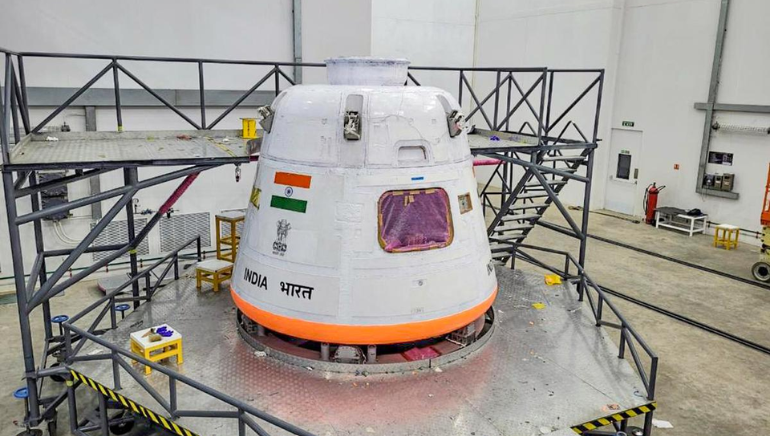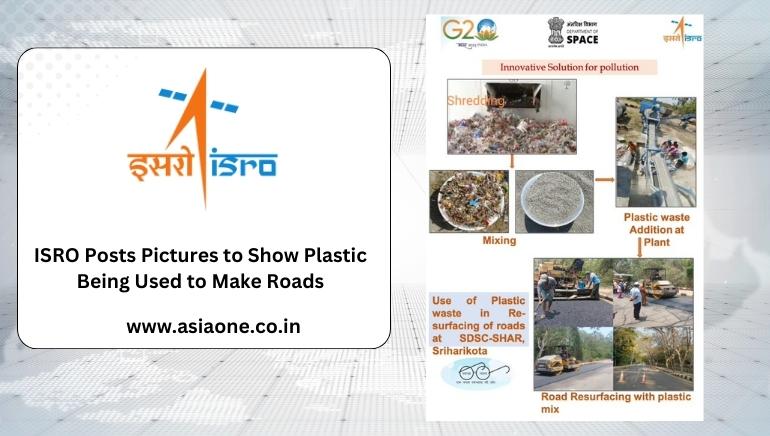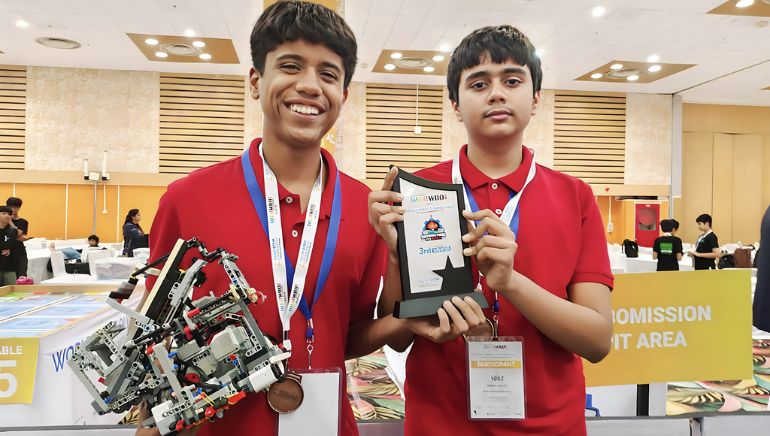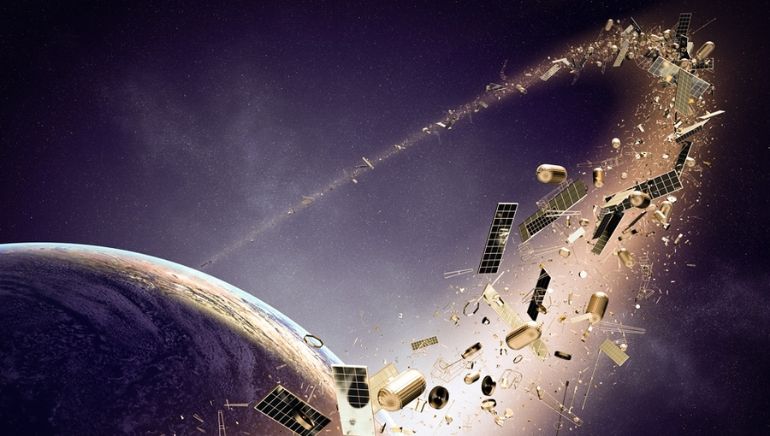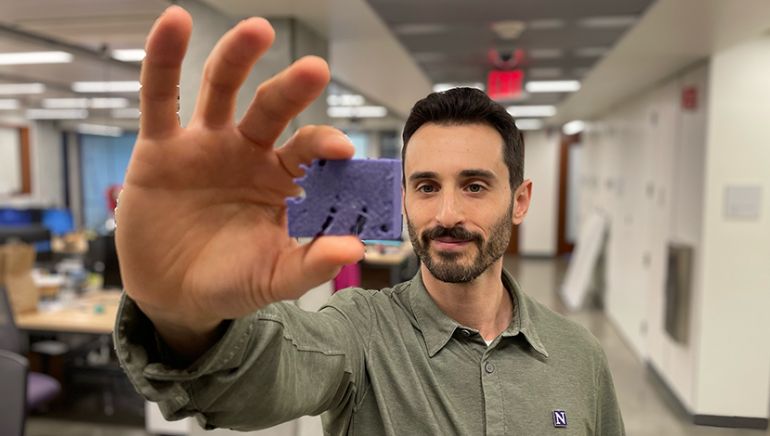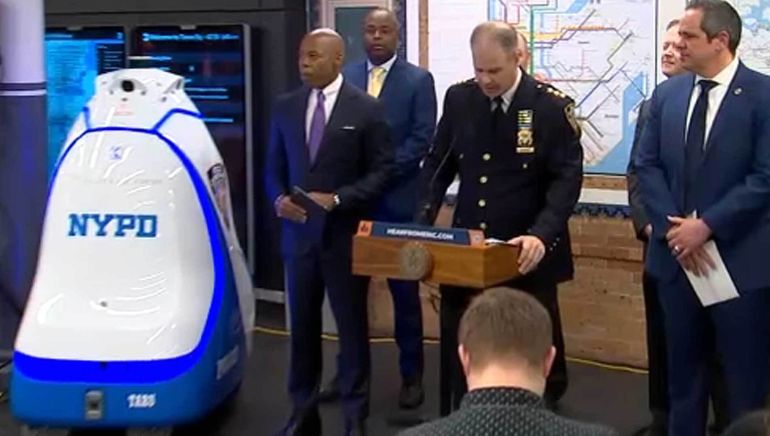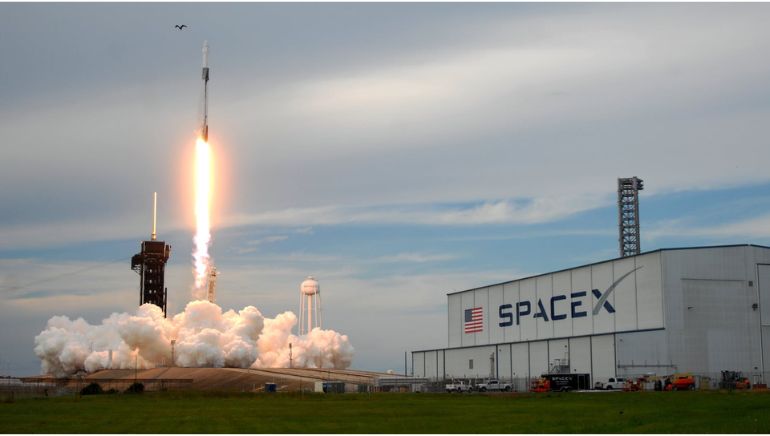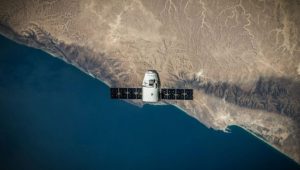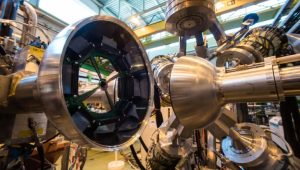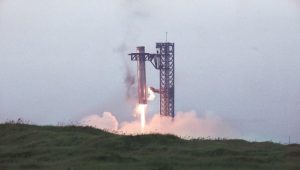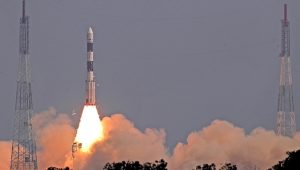The Indian Space Research Organisation (ISRO) will execute the first of multiple test flights ahead of its first manned mission to space, Gaganyaan from the Satish Dhawan Space Centre in Sriharikota on October 21. The test involves launching the module to outer space and bringing it back to earth and recovering it after touchdown in the Bay of Bengal.
The test is intended to test the crew module or the part of the vehicle where the Indian astronauts will be housed. ISRO will launch an empty module before bringing it safely back to Earth.
“The success of this test flight will set the stage for the remaining qualification tests and unmanned missions, leading to the first Gaganyaan mission with Indian Astronauts,” ISRO said in a statement on October 6.
The test Crew Module (CM) will be similar to the pressurised module that will hold crew members during their ascent to space, but this version will be unpressurised. This CM will be launched via a single-stage liquid rocket specifically developed for this mission that will simulate an abort scenario.
On the other hand, the real CM will be carried on a 143-foot-tall (43.5-meter) Launch Vehicle Mark-3 rocket with a solid stage, liquid stage and cryogenic stage.
The test module will have other components, such as drogue parachutes designed to stabilise and slow the spacecraft during reentry and recovery aid actuation systems, and a Crew Escape System and CM Fairing and Interface Adapters to help assess the emergency escape system used to eject astronauts if required.





